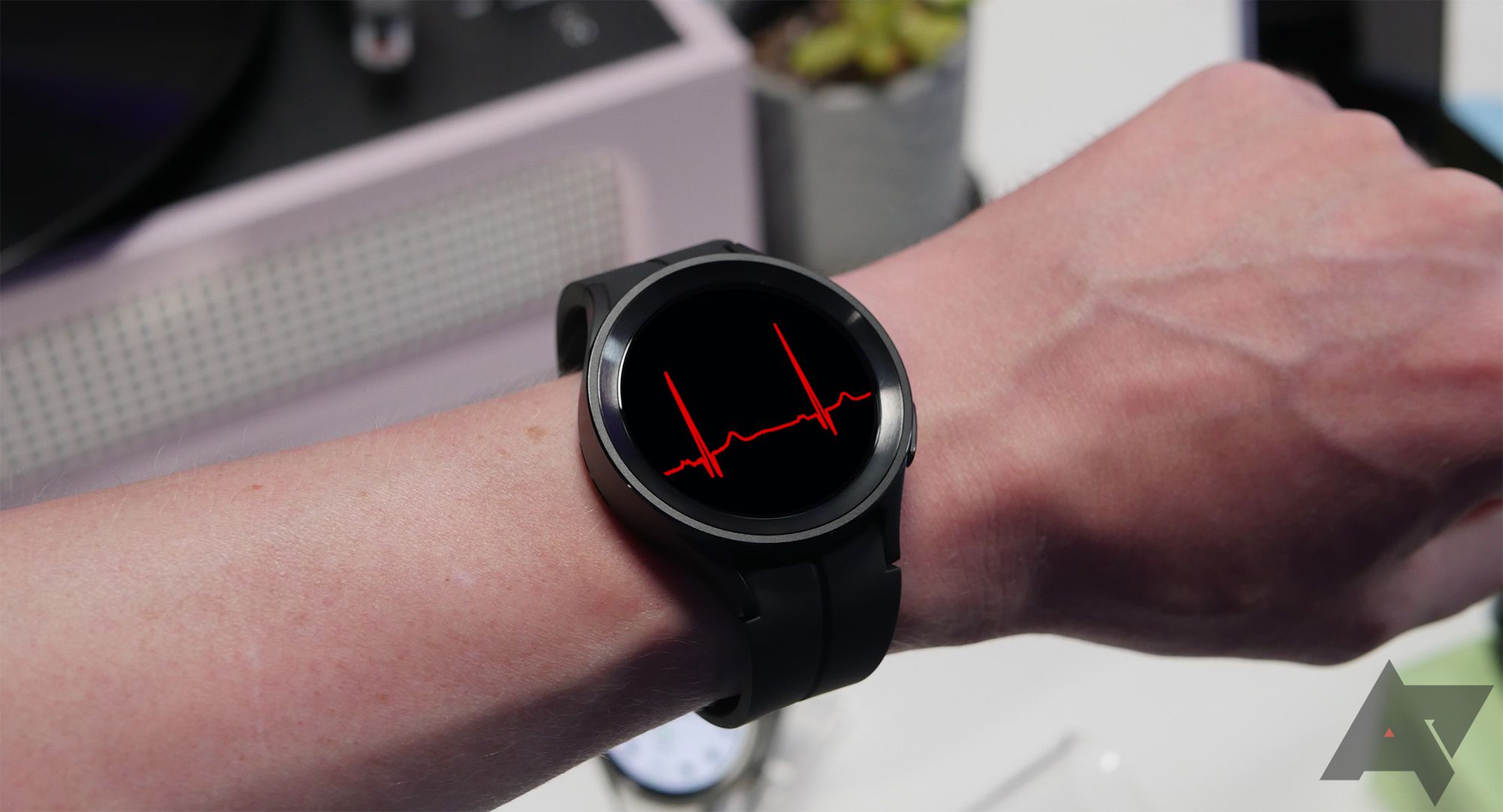Health Savings Accounts (HSAs) and Flexible Spending Accounts (FSAs) can be more than a way to cover copays and prescriptions. If used wisely, they can also support your fitness goals. You can use your HRA, HSA, or FSA to track your fitness goals. One common question is whether the best fitness trackers and similar wearable devices are eligible expenses to buy with FSA or HSA funds. Let’s explore everything you need to know about this topic.
Understanding Flexible Spending Accounts
FSA accounts are employer-established plans that let you pay for medical expenses with pre-tax dollars, reducing your taxable income. For the 2024 plan year, an employee can contribute up to $3,200 through payroll deductions, and these contributions are not subject to federal income tax, Social Security tax, or Medicare tax.
Employers can contribute to an employee’s FSA funds if the plan allows. If your spouse has an FSA through their employer, they can contribute up to $3,200, allowing a couple to contribute up to $6,400 for their household jointly. Since the employer owns the account, you typically lose access if you leave your job unless you choose continuation coverage.
Employers can provide a 2.5-month grace period to use the funds or allow you to carry over up to $610 to the following year. Any unused contributions beyond these options go back to the employer.
Limited Purpose FSAs (LPFSAs)
An LPFSA is similar to a regular FSA but is restricted to covering only dental and vision expenses. This type of account is often used with a Health Savings Account, allowing you to maximize tax-advantaged savings for qualified medical expenses and healthcare costs. The contribution limit for 2024 is the same as a standard FSA, at $3,200.
Dependent Care FSAs (DCFSAs)
A Dependent Care Flexible Spending Account (DCFSA) allows you to set aside pre-tax dollars to pay for FSA-eligible dependent care expenses, such as daycare, after-school programs, and elder care for a dependent who lives with you. The annual contribution limit for 2024 is $5,000 for married couples filing jointly or $2,500 for single filers.
Health Savings Accounts explained
An HSA, or Health Savings Account, offers tax advantages for covering medical expenses. Employers can provide these accounts to help with costs like copays and deductibles. To qualify, you must have a high-deductible health plan (HDHP), not be on Medicare, and not be a tax dependent.
According to the IRS, contribution limits for 2024 are $4,150 for individuals and $8,300 for families. HSAs work similarly to checking accounts and managing your contributions and spending. Unlike FSA, HSA accounts belong to you, so you can take them with you if you change jobs.
Understanding Health Reimbursement Arrangements (HRAs)
An HRA, or Health Reimbursement Arrangement, is an employer-funded account designed to help employees cover medical expenses. Employers set aside a specific amount for each employee for qualified healthcare costs, including copays, deductibles, and other out-of-pocket expenses.
Unlike FSAs and HSAs, only employers can contribute to an HRA, and the funds are typically available for use immediately. Unused funds can be rolled over at the employer’s discretion, but the account remains tied to the employer.
If you leave your job, you may lose access to the remaining HRA funds unless your employer offers COBRA continuation coverage. The annual contribution limit for self-only coverage under an HDHP is $4,300. For those with family coverage under an HDHP, the limit is $8,550.

Best tax apps for Android in 2024
Because crunching numbers is easier on the go
Can you buy a fitness tracker with your HSA, HRA, or FSA?
Fitness trackers like Fitbit and Oura Ring can be essential for wellness journeys, especially if they are used to manage or prevent health issues. According to the FSA Store, purchasing one with your HRA, HSA, or FSA requires a Letter of Medical Necessity (LMN) from a healthcare provider showing that the device will treat a legitimate medical condition, such as a heart condition.
Items such as fertility trackers and heart rate monitors, blood glucose and blood pressure monitors, EKGs, and oxygen levels are eligible items without needing an LMN.
Fitness trackers aren’t eligible for reimbursement with a dependent care FSA (DCFSA) or a limited-purpose FSA (LPFSA).

How do fitness trackers and wearables measure vital signs?
Your heart rate isn’t going to measure itself
How to obtain an LMN for fitness trackers
An LMN is written by a licensed healthcare provider, such as a physician, nurse practitioner, or another licensed professional treating your medical condition and explaining why the fitness tracker is medically necessary. To get an LMN:
- Contact your healthcare provider to discuss why you need the fitness tracker and its medical benefits.
- Request the LMN and make sure it includes all the necessary details.
- Submit the LMN to your benefits administrator or the appropriate party managing your HSA or FSA to get reimbursed.
What to include in your LMN
A Letter of Medical Necessity generally contains several components. To better understand what to include in yours, examine a sample LMN. This sample shows you how to structure your letter and what information to highlight.
- Patient Information: The patient’s name and date of birth.
- Medical Condition: A description of the medical condition being treated.
- Treatment Description: Detailed information about the recommended treatment or item.
- Medical Necessity Explanation: A clear explanation of why the treatment or item is necessary for the patient’s health.
- Expected Outcome: The anticipated benefit or outcome of the treatment or item.
- Previous Treatments: Information about alternative treatments or items that were tried or failed.
- Treatment Nature: Whether the treatment is experimental or cosmetic.
- Provider Information: Contact information and qualifications of the healthcare provider, along with their signature.
When you have the LMN, you can purchase the fitness tracker using your FSA, HRA, or HSA card during checkout or buy it out-of-pocket and submit a claim for reimbursement. Keep all receipts and any documentation related to the purchase and medical necessity. Submit these to your plan administrator, following their guidelines for reimbursement claims.
Optimize your fitness goals
If you get a fitness tracker using your HSA or FSA, explore the best fitness apps to help you achieve your fitness. The right app can be a game-changer on your wellness journey, from tracking your steps and heart rate to providing personalized workout plans and nutrition tips.
Source link


